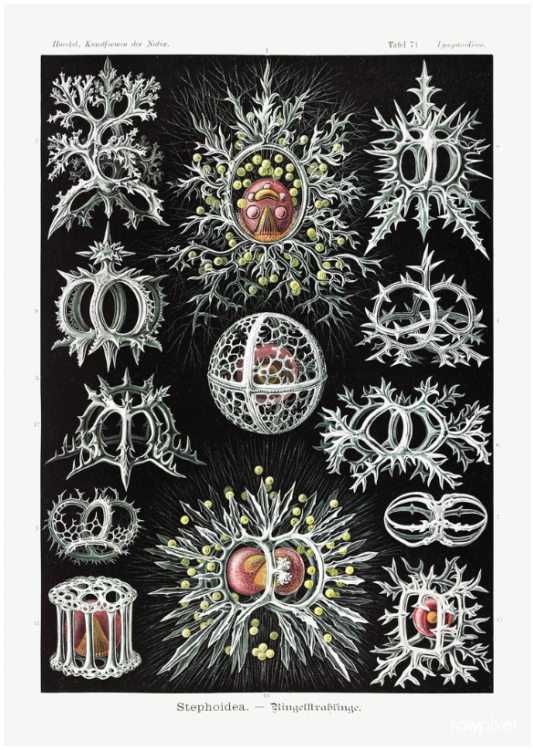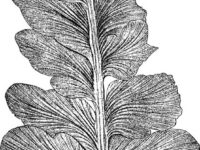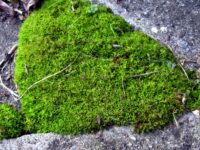Ernst Haeckel, a German contemporary of Charles Darwin, made significant contributions to the field of evolutionary biology. He is responsible for the exploration of primarily marine organisms, and in some cases, identification of entirely new species. More recognizable of his legacy, though, is his artwork. Some of his most iconic images depict a species called Radiolaria.
A radiolarian is a unicellular prokaryote, known as a protist, with a beautifully intricate mineral skeleton, whose fossils have been observed by scientists for centuries. Despite their abundance and rich genetic history, there is a lack of knowledge of their particular importance to marine ecosystems in modern science. A fossilized radiolarian represents a fantastic preservation of a palaeobiological system. As scientists work to piece together the ecosystems of the past, there is a clear role that Radiolaria plays in the carbon and silicon cycles, due to the chemical composition of their skeletons, that raises a question of the extent of their influence on such communities. The species is found in abundance, seeing waters from the polar regions to the tropics and depths from the sunlit shallows to the bathypelagic. This is a classification of organisms that is clearly diverse in its ecological niche as well as genetic composition — which may explain why it’s so difficult even today to understand prey capture and digestion in radiolaria. The high diversity in a wide range of ecosystems could be a biased assumption, however, due to Radiolaria’s high intracellular variability in genetic composition. A biological topic which is spoken of with such uncertainty is incredibly nuanced, but the scientific debate that has surrounded Radiolaria for centuries is what makes it so fascinating. Studies of Radiolaria by today’s generation of evolutionary biologists challenge its traditional morphological identifications, making it difficult to recognize diversity patterns.
“As scientists work to piece together the ecosystems of the past, there is a clear role that Radiolaria plays in the carbon and silicon cycles, due to the chemical composition of their skeletons, that raises a question of the extent of their influence on such communities.”
Haeckel originally classified Radiolaria into four groups, all of which were divided among two subclasses, but modern classification identifies six groups with one subclass. The organisms can be associated with photosynthetic partners, or they can form large colonies. Each study of Radiolaria reorganizes our understanding of its purpose and function, but Ernst Haeckel’s artwork remains unchanged — establishing an infatuation with an entire biological realm beyond our eyesight. We are still working today to understand the exact contributions of the species to the marine carbon pool for example. Nonetheless, the art of Ernst Haeckel demonstrates the intricacy with which our world is built.






